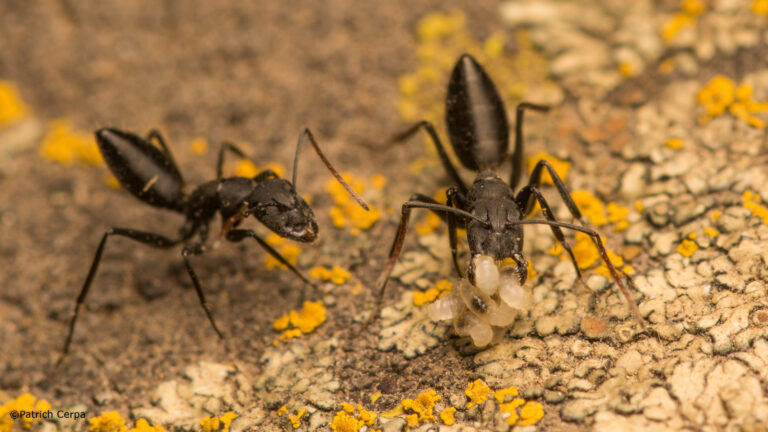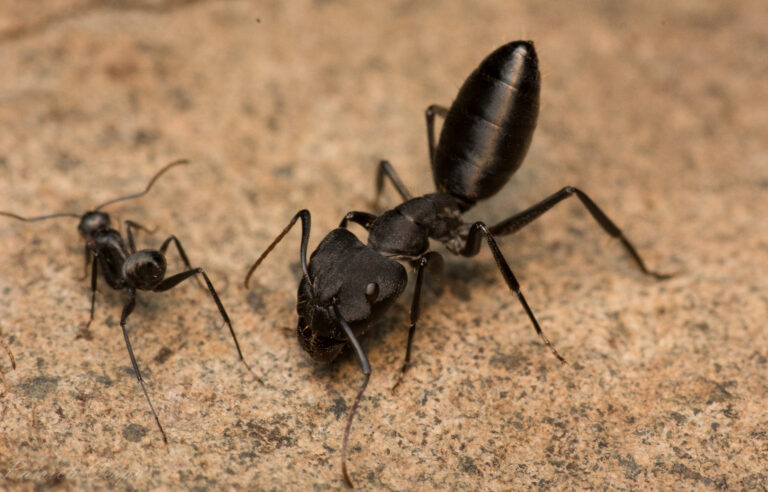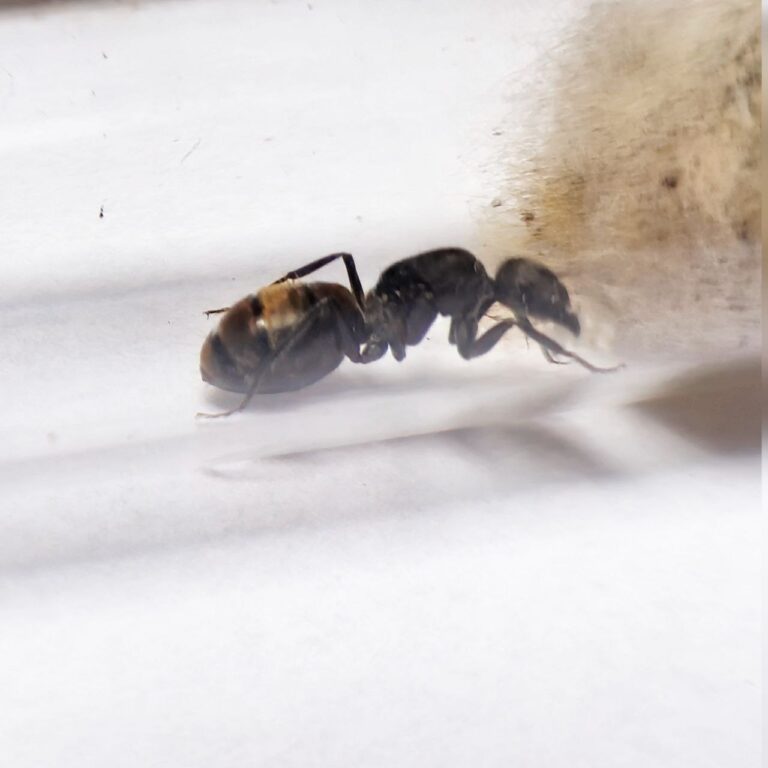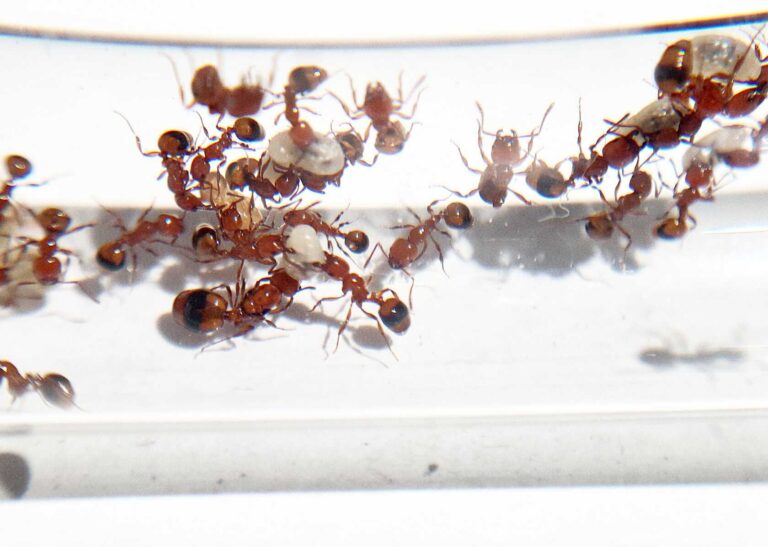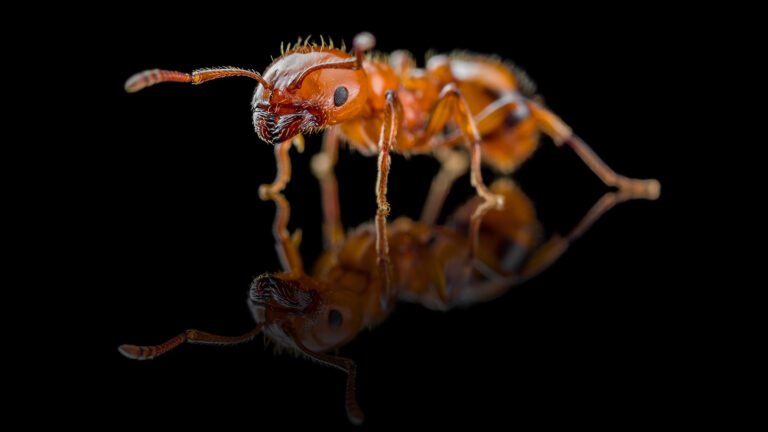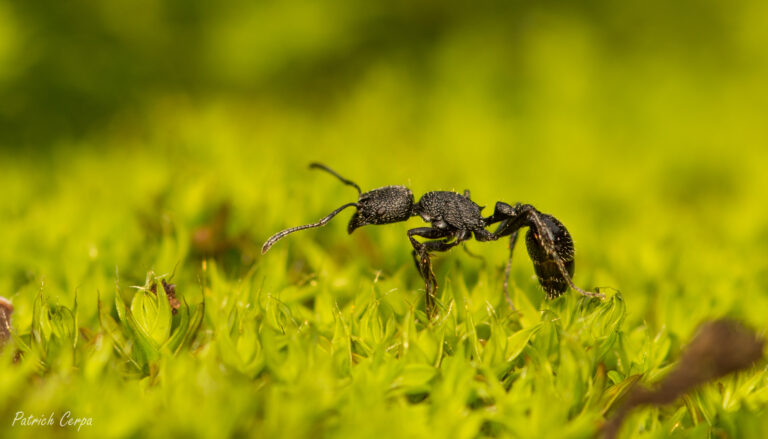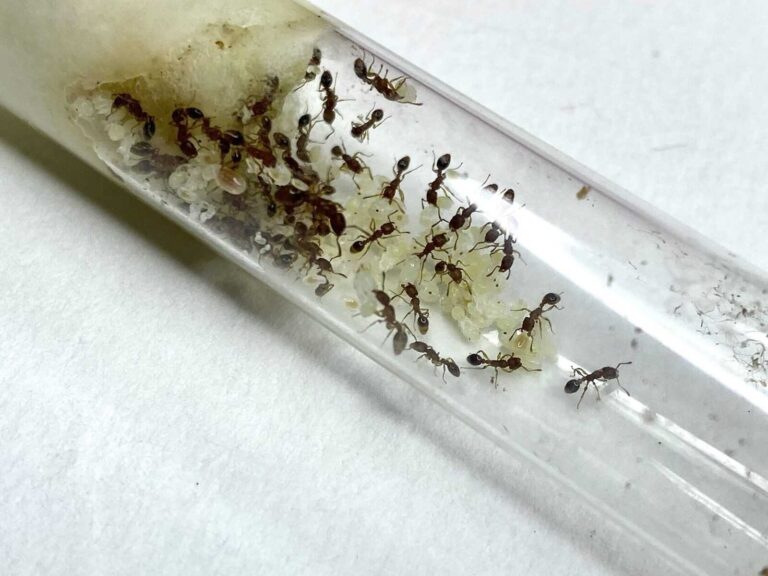Showing all 5 results
- Queen 5
- Queen and 1-3 workers 5
- Queen and 4-10 workers 5
- Queen and 11-20 workers 5
- Queen and 21-40 workers 5
- Queen and 41-60 workers 4
- Queen and 61-100 workers 4
- Queen and 101-200 workers 2
- Queen and 201-500 workers 1
- 2 Queens 3
- 2 Queens and 1-3 workers 2
- 2 Queens and 4-10 workers 2
- 2 Queens and 11-20 workers 2
- 2 Queen and 21-40 workers 2
- 2 Queens and 41-60 workers 2
- 2 Queens and 61-100 workers 1
- 2 Queens and 101-200 workers 1
- 2 Queens and 201-500 workers 1
- 3 Queens 2
- 3 Queens and 1-3 workers 2
- 3 Queens and 4-10 workers 2
- 3 Queens and 11-20 workers 2
- 3 Queens and 21-40 workers 2
- 3 Queens and 41-60 workers 2
- 3 Queens and 61-100 workers 2
- 3 Queens and 101-200 workers 1
- 3 Queens and 201-500 workers 1
Camponotus morosus is a monogynous ant species with colonies containing up to 10,000–15,000 workers. They develop at a moderate speed. Queens measure approximately 15–17 mm in length, while workers range from 6 to 9 mm. Their body exhibits a typical Camponotus contrast: the head and thorax are reddish-brown, while the gaster is dark brown to black.
Camponotus pseudolendus is a monogynous ant species with colonies of up to 10,000 workers. They develop at a moderate to fast pace and show clear polymorphism. Queens typically measure around 17–19 mm, workers range from 5 to 11 mm, and majors can reach 12–14 mm.
Monomorium latastei is a fast-developing ant species that forms polygynous colonies of around 100,000 individuals. The ants are small in size, with queens measuring 6-8 mm and workers ranging from 4.5-5 mm. They have an orange color with a black stripe on the abdomen. Their diet consists of food insects, fruits, vegetables, and syrup. These ants thrive in an arena with a humidity level of 30-50%.
Patagonomyrmex angustus polygynous ant colony, with colony size usually under 400 workers, rarely exceeding that size in natural nests
Size: Queens: ~7-9 mm, Workers: ~4–6 mm
The Tetramorium bicarinatum is a polygynous ant species with a colony size of up to 50,000 workers. They have a fast development rate and are around 4.2-4.6mm in size for the queen and 3-4mm for the workers. They have a reddish-brown color with variations in shades. They feed on food insects like cockroaches and crickets, as well as syrup made from water and honey.


